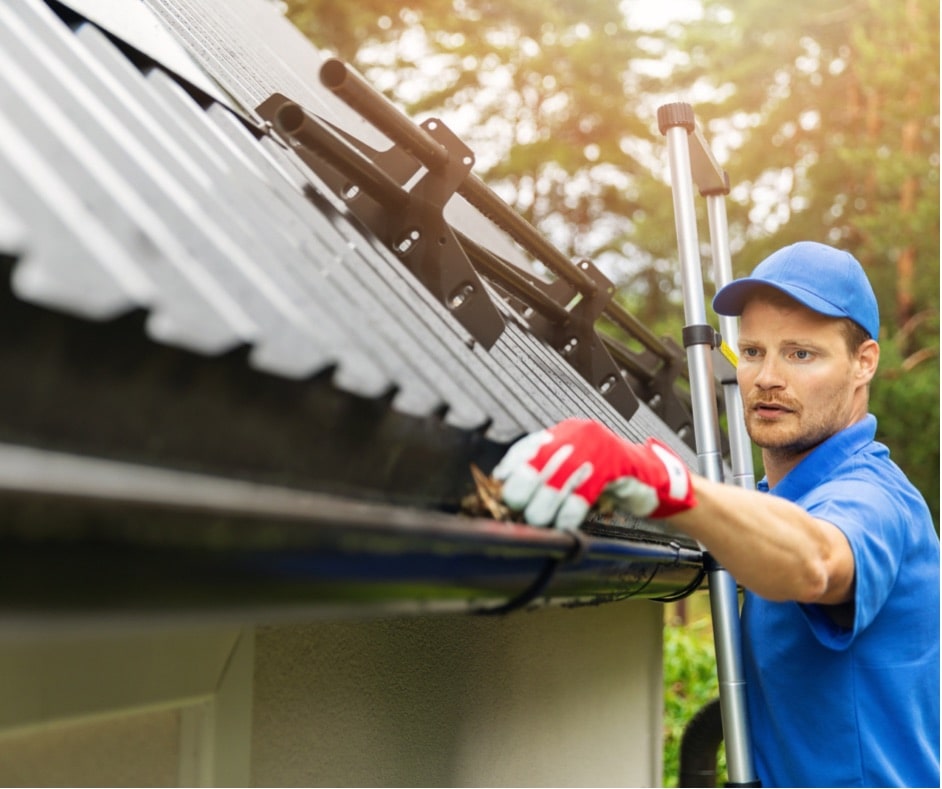Top 3 Tips For Winterizing Your Roof
Even though it’s uncommon for San Antonio, Boerne, Austin, and surrounding areas in Texas to experience below-freezing temperatures and snow during the winter, it’s still worth noting that winterizing your roof is a task that every homeowner should do regardless of their local climate.
Winterizing your roof doesn’t just mean preparing for snow. It means getting your roof ready so that you don’t have to worry about getting on a ladder in cold temperatures, high winds, or unruly precipitation.
Practicing preventative maintenance on your roof before the winter season arrives is a great way to extend the life of your roof and keep it structurally sound for years to come.
After working in the residential roofing and commercial roofing industries for close to 40 years, we at Stephens Roofing have picked up some helpful tips to get your Texas home ready for the winter season (even if there’s no snow!)
You always want to be prepared and avoid roof repair when it’s preventable (especially during the winter).
So keep reading to learn how you can keep your roof and home safe during the winter months!
Tip 1: Clean The Gutters
When was the last time you looked at your gutters? Probably never. It’s a good rule to clean your gutters 2 times a year. Early fall and early spring (daylight savings day is a GREAT time to do this) are recommended, but it always depends on the climate where you live.
If you know you’re going to be getting a lot of rain and foliage, you might want to consider cleaning the gutters at the end of summer.
Regardless, this is an important part of getting your roof ready for winter. If you have clogged gutters, you’ll get ice, sludge, debris, and water pooling which can overflow and damage the roof. Also, whatever comes off of your roof should go right into the gutters, and if your gutters aren’t clearing the water and runoff properly, it can flood your yard!
 Tip 2: Make Minor Repairs
Tip 2: Make Minor Repairs
Minor repairs can save you from making significant repairs down the line.
Trim tree limbs that hang over your roof that may damage it if the limb falls during high winds or a storm.
Replace old caulking around the roof. By resealing, you’re going to ensure that there are no leaks, and you’ll save money by creating a more energy-efficient home.
Check for animals, birds, rodents, and other pests. As the weather changes, animals will try to find warm, dry shelter. These animals can be invasive and chew through wiring, caulking, insulation, and more.
If you find that you have a rodent or animal taking up residence in your roof, call pest control to handle the issue.
Tip 3: Schedule A Roof Inspection
This may seem obvious, but how many times do you put off having housework done unless it’s absolutely necessary. We let laundry sit in baskets unfolded until we need it, so it’s common to let this type of home maintenance fall to the wayside. It’s a task that is out of sight, out of mind until something major happens.
Call an experienced roofing contractor (like us!) to come out and inspect your roof to find any weak points or parts that may need to be repaired or replaced. Even a few missing shingles can cause damage because it’s leaving your roof cover exposed.
You may find that your entire roof needs to be repaired or replaced. Read our latest article, “How to know when it’s time to replace your roof,” for more insight.
Don’t Wait, Call Stephens Today!
These tips for winterizing your roof can save you hundreds and thousands of dollars in repairs and give you peace of mind that your home and family will be protected through the season.
There is still time to ensure that your roof is ready for winter and sturdy enough to sustain any damage that these Texas winds might blow your way.
The harshest part of winter comes in later January through March, so don’t wait and call us to schedule a FREE estimate.



